On Watching Viral Videos of Black Death
We need to see this footage of Philando Castile—but what is it doing to Black life?
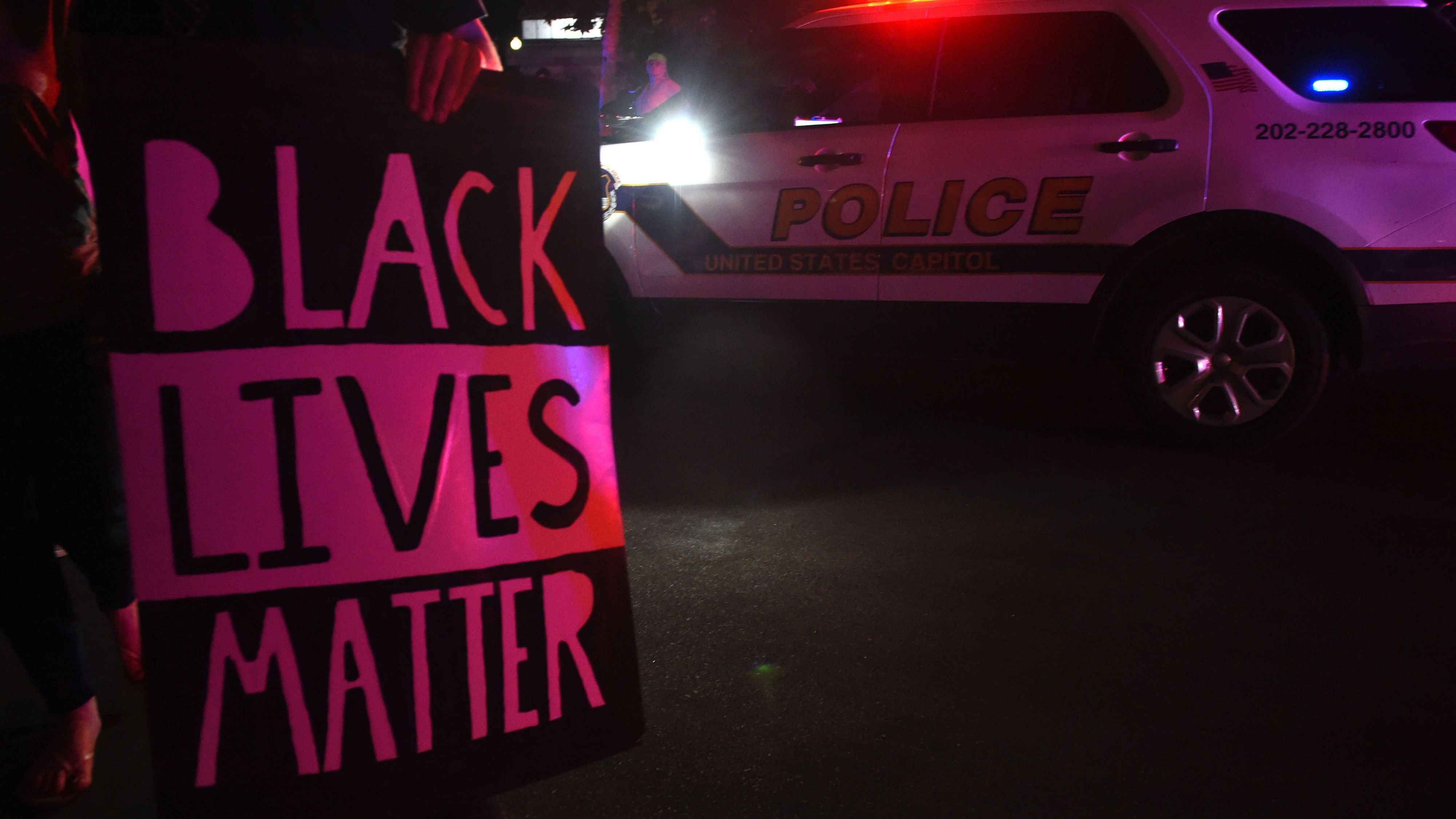

I can't keep watching viral videos of Black people dying.
I saw the #AltonSterling and #PhilandoCastile hashtags first, and both times my heart did that horrible thing that feels like a punch high in the chest but from the inside.
What now? Who died now? And then the inevitable: Which Black person was gunned down now?
The fact that my brain knew to do that—to automatically follow a script—is a symptom of how we all consume police brutality against Black Americans now: video, tears, outrage, no justice, repeat. And that terrifies me. I know the cruel pattern by heart, like it's a bunch of memorized dance steps. But what leaves me truly heartsick about this is thinking that perhaps when the next video shows up—because there will be another one—I'll watch it and maybe I won't cry as long or at all. Maybe the next video will leave me feeling deflated instead of swollen with anger. Maybe the next gruesome footage will force the last bit of hope to dribble out from my reserve and I will finally be convinced that nothing will change and freedom is not ours to claim.
I worry that when the next video shows up I'll watch it and maybe I won't cry as long or at all.
What's sickening is that there was another one. Just 24 hours after the Alton Sterling story came to light—his blood not yet dry—there was another police shooting in another state all the way across the country. Another Black man shot to death. Another video. This one, of 32-year-old Philando Castile, was streamed to Facebook Live by his girlfriend, who was sitting in the back of the car with her young daughter, who can be heard, at one heartbreaking point, saying, "It's okay mommy." Castile was shot four times after police stopped his car for having a broken tail light.
When these videos "go viral," when they autoplay on your Facebook page, they numb the sting. They shave down the prickly edges that should come from watching someone die. Hasn't this already happened? Haven't I already seen this one?
RELATED STORY
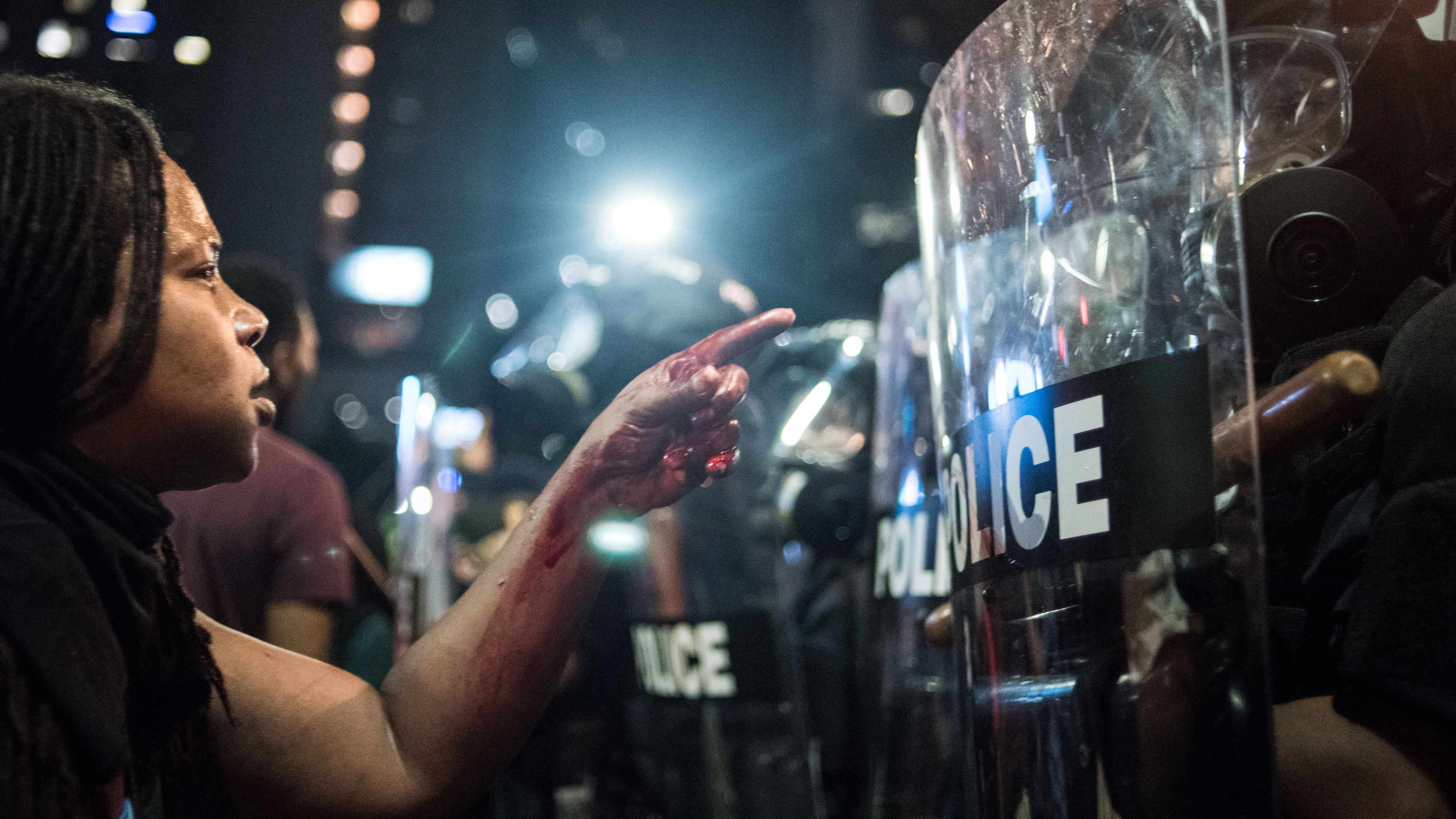
Yes, we need proof. We need evidence of the stone-cold racism and social injustice that people of color face every day in this country. We need an undeniable reminder that Black lives still don't matter enough.
Stay In The Know
Get exclusive access to fashion and beauty trends, hot-off-the-press celebrity news, and more.
But there's proof—and then there's just watching. And there's being forced to watch without your consent because, as you're scrolling through your social feed, there it is, already playing.
Seeing these videos autoplayed over and again normalizes the perversity of it all.
Believe me I know how much we as a society need to scream about this to anyone who will listen. I know we have to take our outrage public if we're going to see it make any kind of change. But when watching a Black man die goes viral, it makes the next grisly video of the same thing that much easier to stomach. That much more expected.
But as a Black mother raising a brown boy in this country, the story cannot stop there.
I don't have the mental or spiritual capacity to see any more videos like this. Is it self-protection or desensitization? Maybe it's both—I can't tell the difference. And that's the problem.
But as a Black mother raising a brown boy in this country, the story cannot stop there. I cannot afford to be numb and broken or breathless, to tune out or to retreat. This is the world that we're living in, the one that my son will have learn how to navigate and do more than just survive but actually thrive in.
I hope that by the time he's grown, videos like this don't go viral. I hope they don't exist at all. But one day soon he'll probably watch one, and I need to be ready to steady him through the shake and the shock.
-
 The Royal Family Easter Rule Kate Middleton Broke in 2018
The Royal Family Easter Rule Kate Middleton Broke in 2018The Princess of Wales was pregnant with her third child—Prince Louis—at the time.
By Amy Mackelden
-
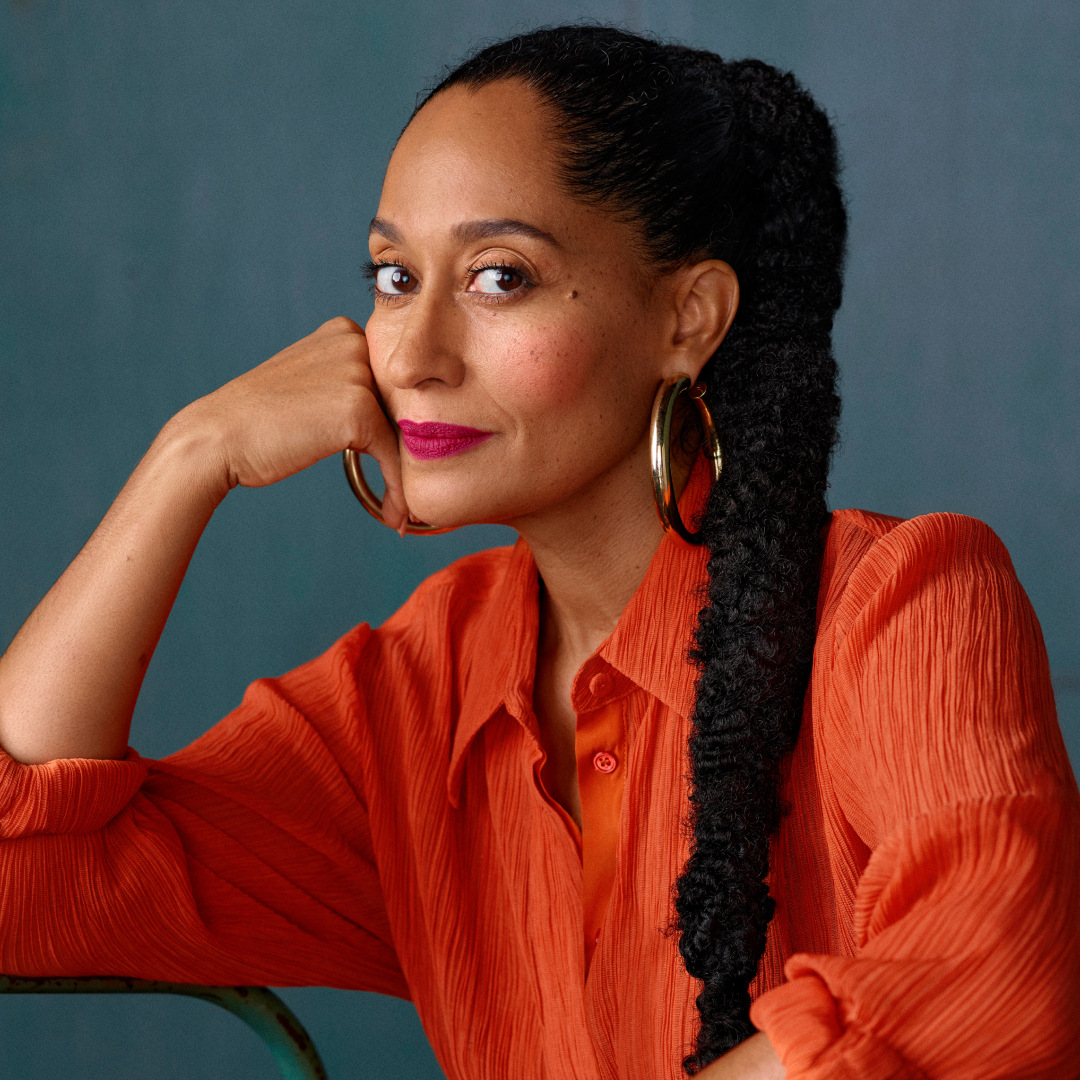 Tracee Ellis Ross Reflects on "Grief" Over Not Marrying or Having Kids
Tracee Ellis Ross Reflects on "Grief" Over Not Marrying or Having Kids"I grieve the things that I thought would be and that are not."
By Amy Mackelden
-
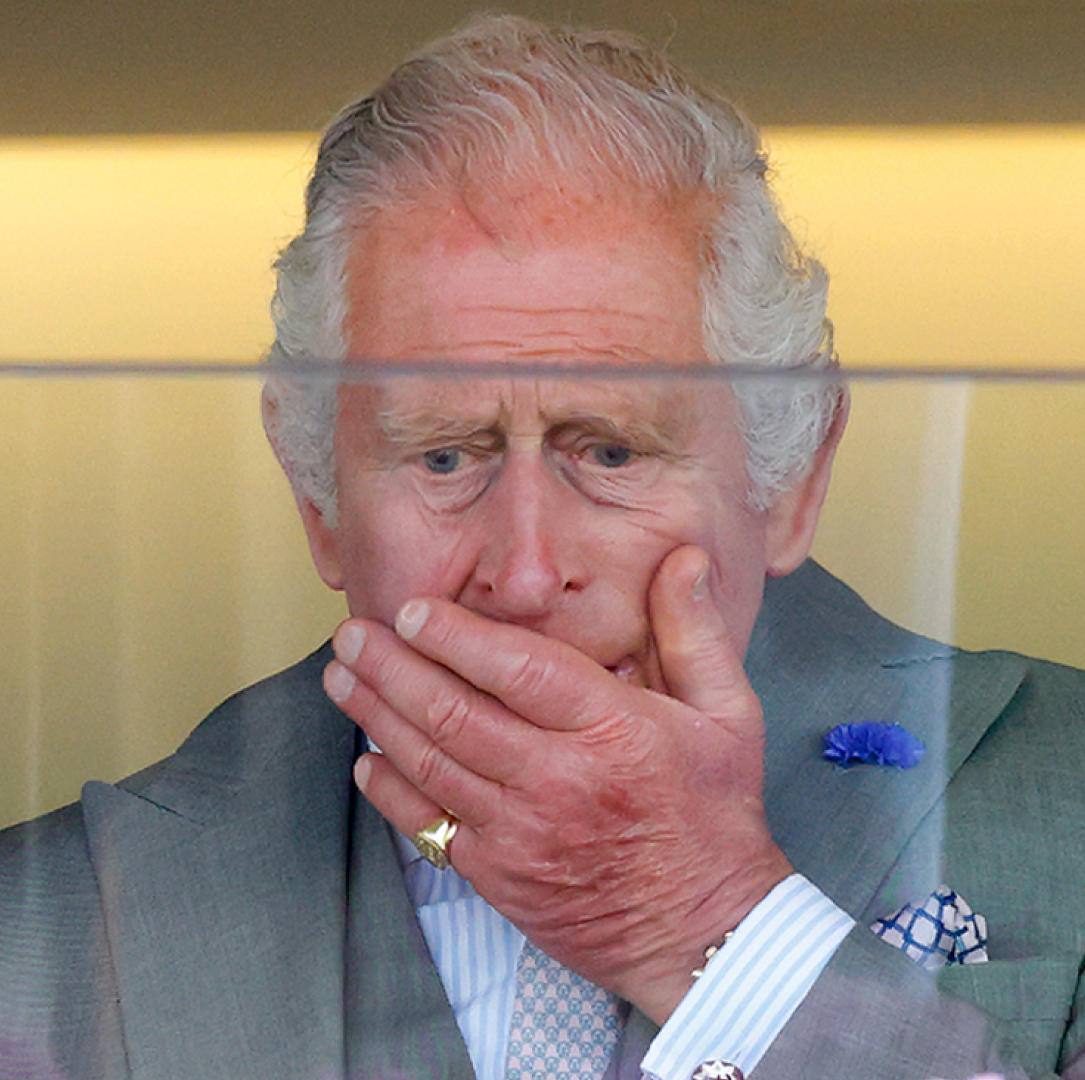 A "No-Fly Zone" Has Been Placed Over King Charles's Home
A "No-Fly Zone" Has Been Placed Over King Charles's Home"It prompted a security scare."
By Amy Mackelden
-
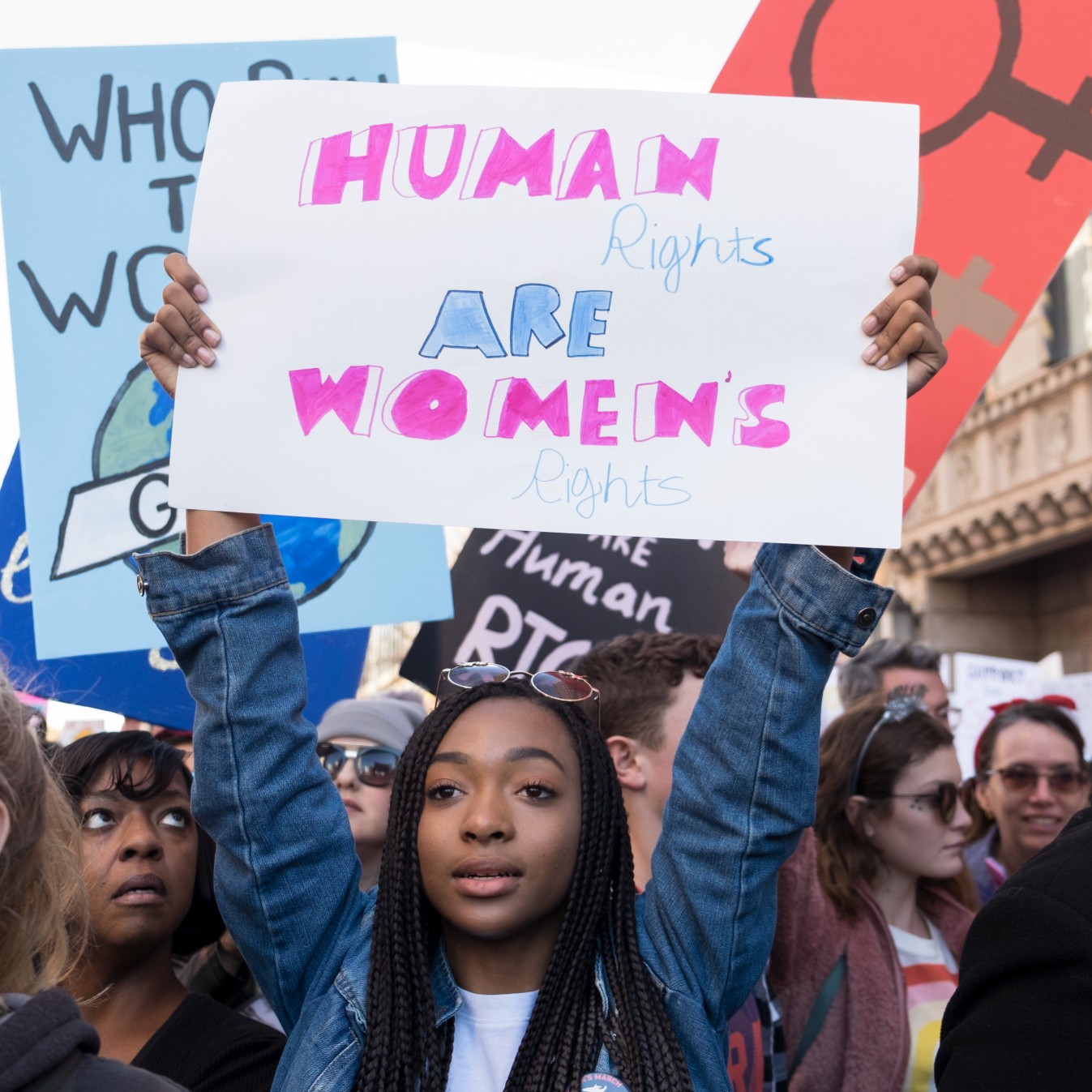 36 Ways Women Still Aren't Equal to Men
36 Ways Women Still Aren't Equal to MenFeatures It's just one of the many ways women still aren't equal to men.
By Brooke Knappenberger
-
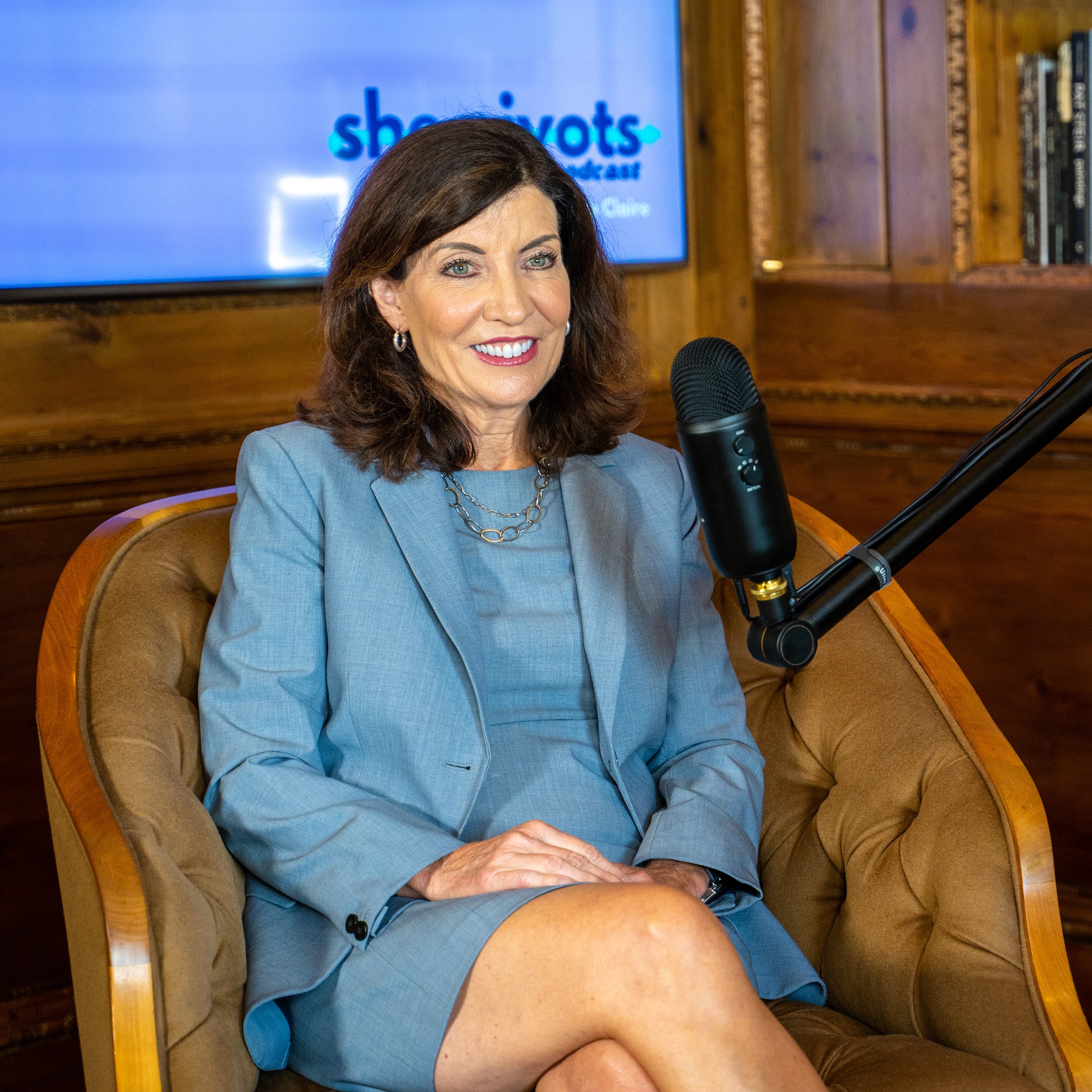 How New York's First Female Governor Plans to Fight for Women If Reelected
How New York's First Female Governor Plans to Fight for Women If ReelectedKathy Hochul twice came to power because men resigned amid sexual harassment scandals. Here, how she's leading differently.
By Emily Tisch Sussman
-
 Why the 2022 Midterm Elections Are So Critical
Why the 2022 Midterm Elections Are So CriticalAs we blaze through a highly charged midterm election season, Swing Left Executive Director Yasmin Radjy highlights rising stars who are fighting for women’s rights.
By Tanya Benedicto Klich
-
 Tammy Duckworth: 'I’m Mad as Hell' About the Lack of Federal Action on Gun Safety
Tammy Duckworth: 'I’m Mad as Hell' About the Lack of Federal Action on Gun SafetyThe Illinois Senator won't let the memory of the Highland Park shooting just fade away.
By Sen. Tammy Duckworth
-
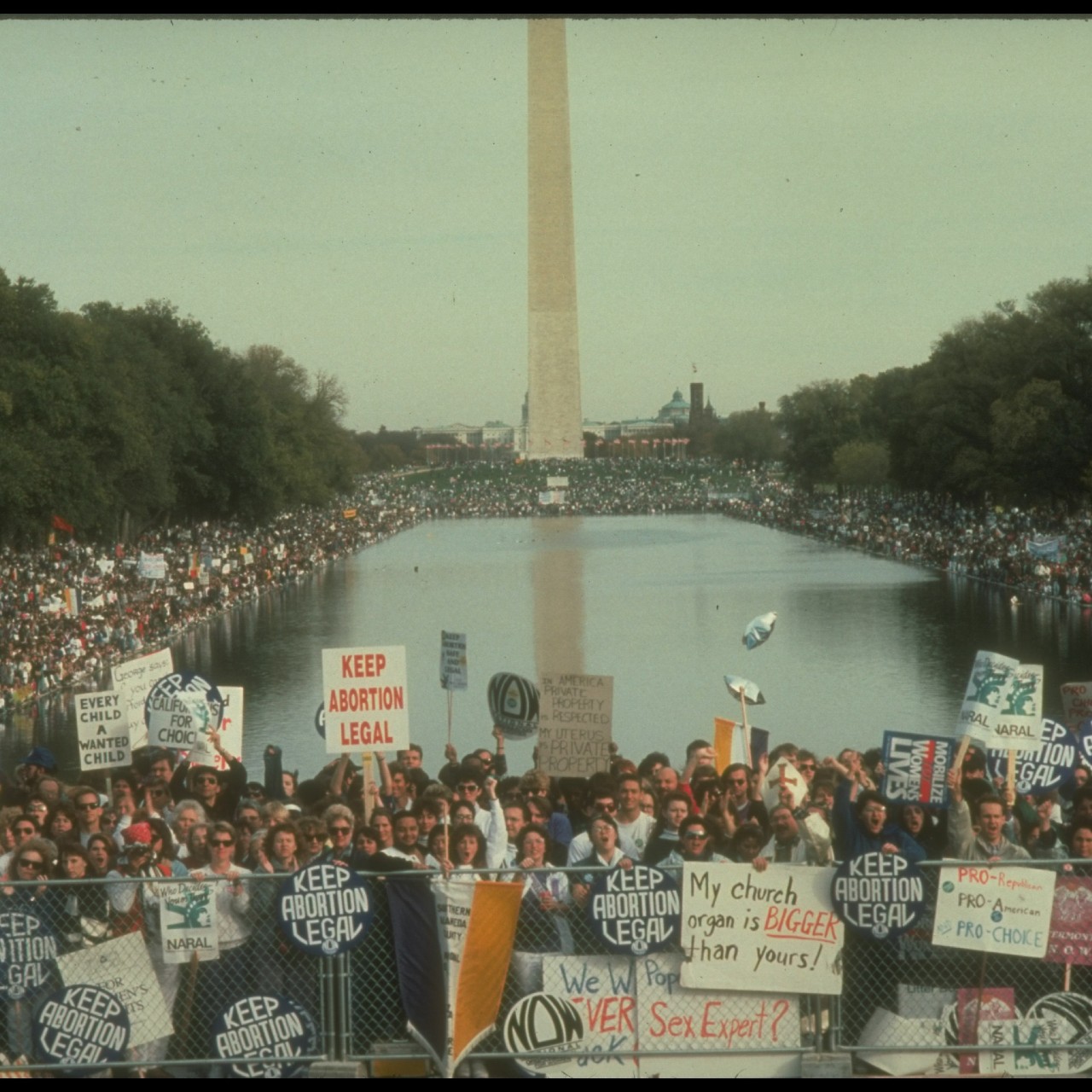 Roe Is Gone. We Have to Keep Fighting.
Roe Is Gone. We Have to Keep Fighting.How To Democracy always offers a path forward even when we feel thrust into the past.
By Beth Silvers and Sarah Stewart Holland, hosts of Pantsuit Politics Podcast
-
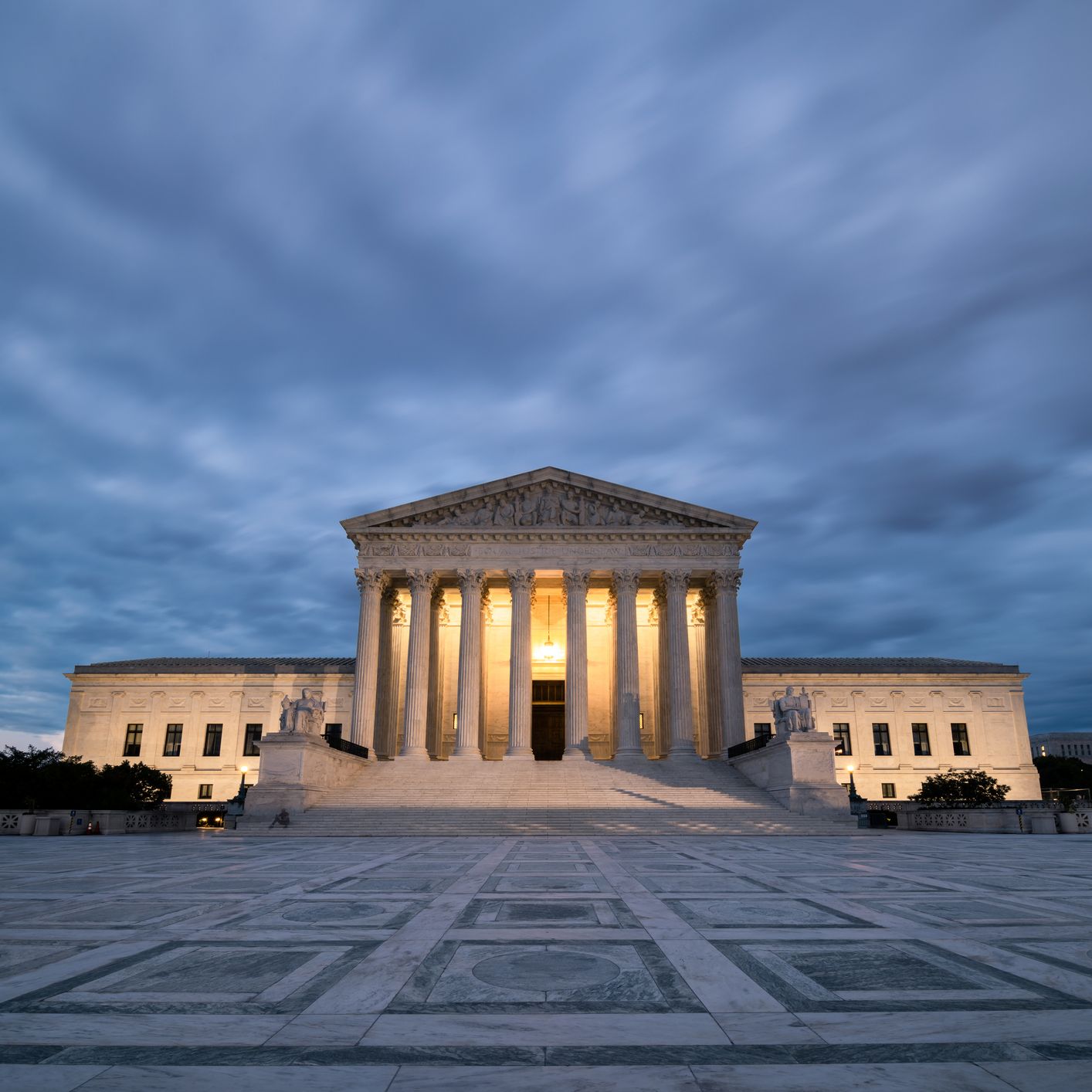 The Supreme Court's Mississippi Abortion Rights Case: What to Know
The Supreme Court's Mississippi Abortion Rights Case: What to KnowThe case could threaten Roe v. Wade.
By Megan DiTrolio
-
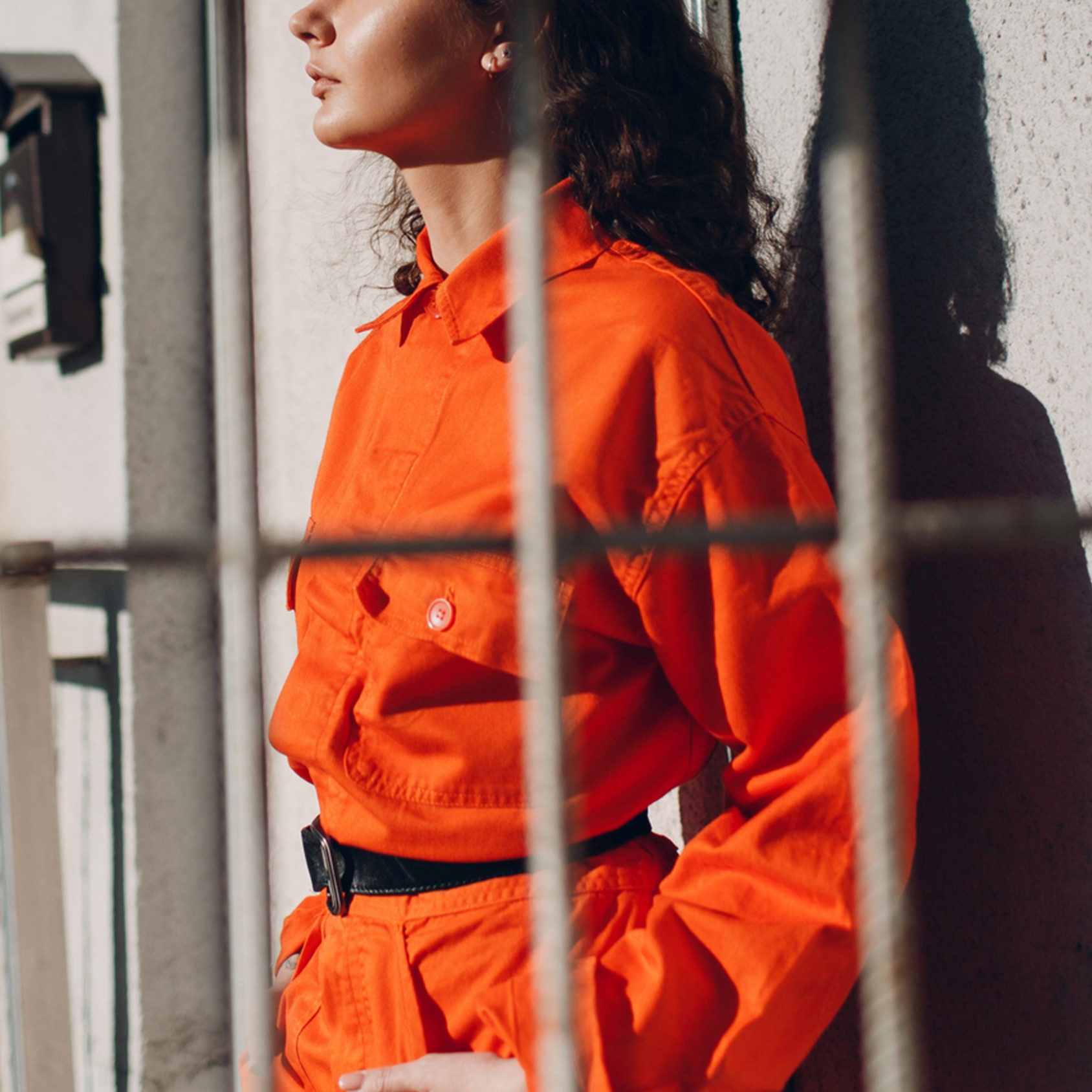 Sex Trafficking Victims Are Being Punished. A New Law Could Change That.
Sex Trafficking Victims Are Being Punished. A New Law Could Change That.Victims of sexual abuse are quietly criminalized. Sara's Law protects kids that fight back.
By Dr. Devin J. Buckley and Erin Regan
-
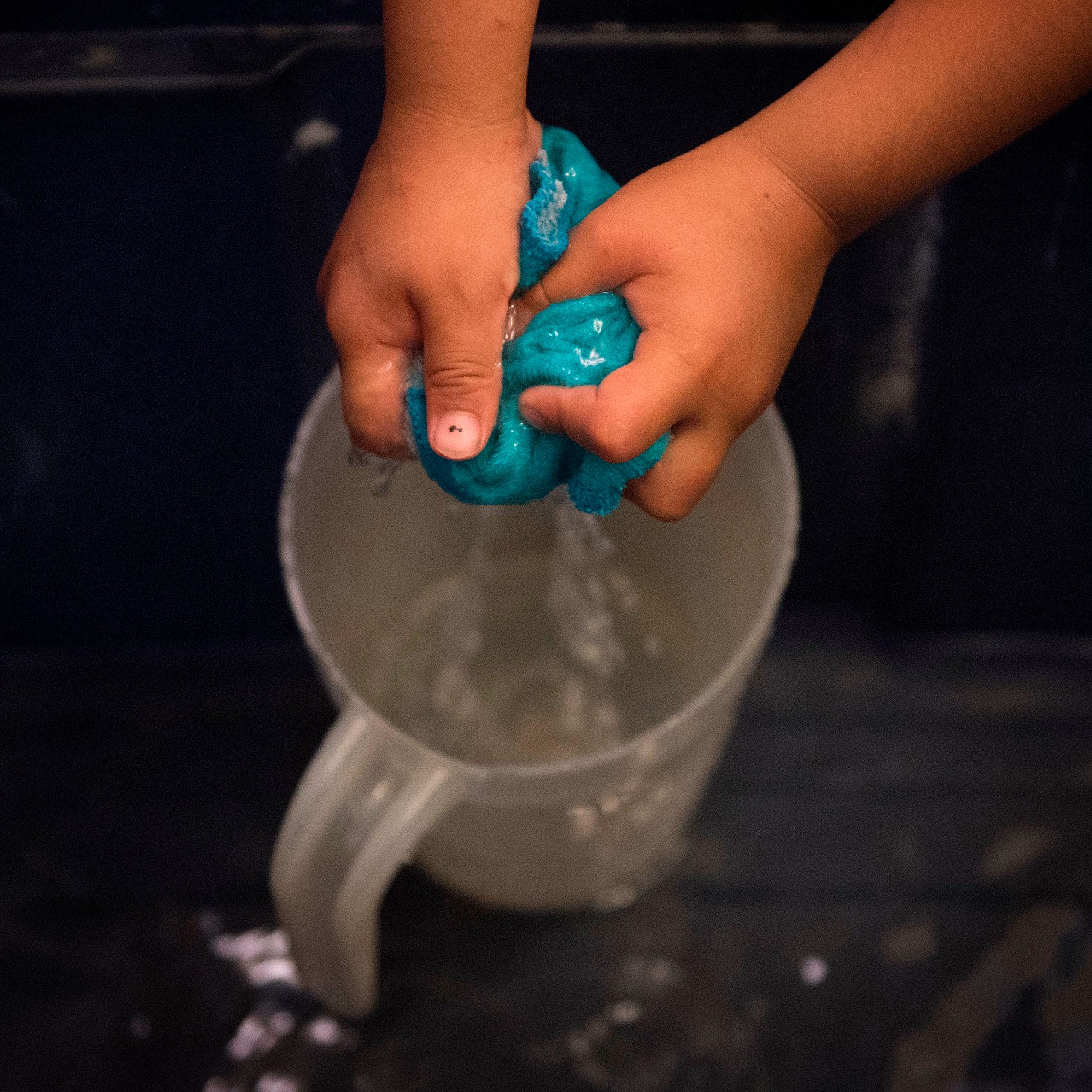 My Family and I Live in Navajo Nation. We Don't Have Access to Clean Running Water
My Family and I Live in Navajo Nation. We Don't Have Access to Clean Running Water"They say that the United States is one of the wealthiest countries in the world. Why are citizens still living with no access to clean water?"
By Amanda L. As Told To Rachel Epstein